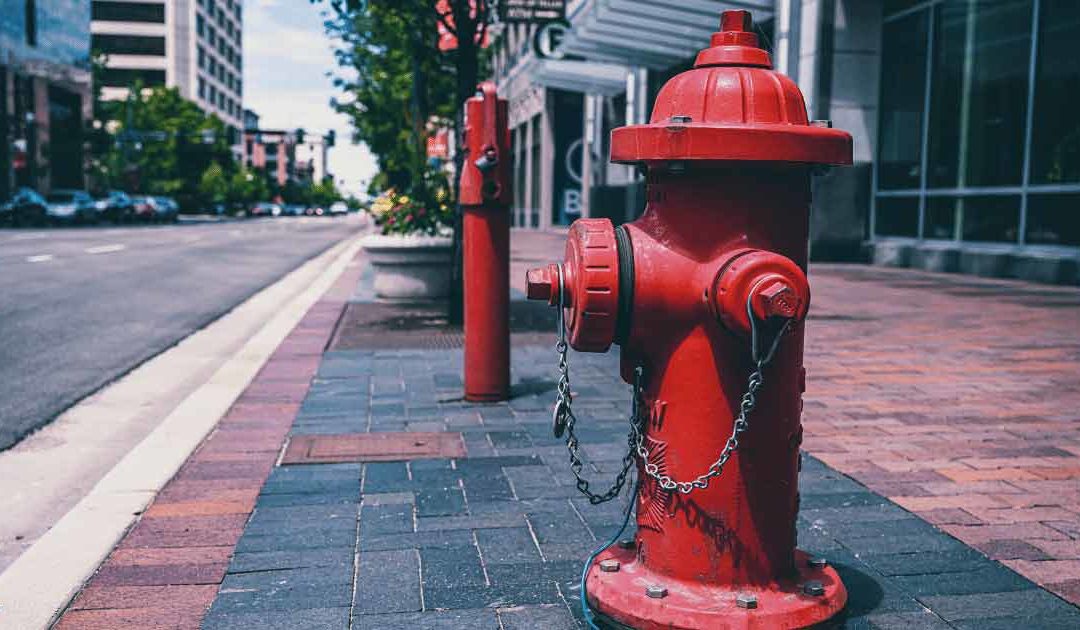It’s tempting to pull in front of a fire hydrant or park in a fire lane—especially if it’s just for a minute. But your quick decision could be the difference between life and death for someone who needs emergency assistance.
We’ve all been taught not to park in front of fire hydrants, but did you know your vehicle, by law, should be parked at least 15 feet away to allow access for fire engines to park and safely connect to the hydrant? The same concept applies to fire lanes, which are established areas where fire engines can gain quick access to buildings. But these lanes have an even larger safety-distance of 20 feet. So, even if it’s just a short stop- think again.
When you block a fire hydrant or park in a fire lane you…
…deny first responders access to buildings during emergencies.
In an emergency, every second counts. Generally, fire lanes are in busy urban areas with lots of traffic. Chances are there’s not a parking spot, and certainly not an area large enough for a fire engine, ambulance, and police cars. Yet these essential first responders need to get close enough to take action. The fire lane allows them to do that. Fire lanes are clearly marked, usually with curbs painted yellow or red and signs that read “No Parking or Standing Fire Lane.”
… make it difficult to access water during a fire.
The early firefighters used bucket brigades to put out fires. These dedicated individuals would line up and pass a bucket of water from person to person until they were successfully able to stop the fire. Fire hydrants were an engineering marvel, first appearing in the early 1800s. Today, they are essential sources of water during emergencies.
…. are ignoring their important purpose.
Maybe you just have something to drop off or pick up or you have a task that will only take a few minutes. You’ve been in places where you can’t park but you can load and unload. Fire lanes and the space near fire hydrants are not loading and unloading zones. You may make the argument that you’re not technically parked if someone is sitting in the car, right? You may even have your hazard lights on, signaling that this is temporary. But having your vehicle in the lane or in front of a hydrant is not allowed. That’s true even if someone is in the car and your vehicle is running. If you’re caught in these places, you could be subject to a ticket, fines, and more.
… are breaking the law.
Laws vary from state to state, but in all cases, there are repercussions for parking in front of a fire hydrant or in a fire lane. In many places, you are subject not only to fines but immediate towing. Don’t chance it.
… are preventing someone from getting the emergency assistance they need.
The most important reason of all is the reason why these laws about fire lanes and hydrants were established. Any delay in getting to a fire or helping victims could cost lives. It’s a similar reason to why you move over for emergency vehicles. You want to make sure that first responders have a clear path to their destination so they can help as many people as possible.
Drive safe and be sure to keep your distance when parking next to fire lanes and fire hydrants.
For more safety tips click here.
This article is furnished by California Casualty, providing auto and home insurance to educators, law enforcement officers, firefighters, and nurses. Get a quote at 1.866.704.8614 or www.calcas.com.
- Graduation – When to Remove Your Child from Your Auto Policy - May 18, 2023
- How to Prevent Catalytic Converter Theft - May 17, 2023
- How Much Does Home Insurance Cost? - May 17, 2023

